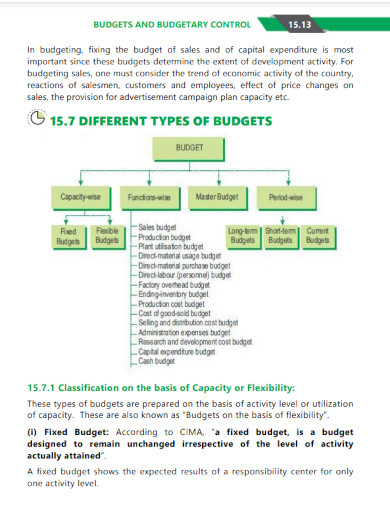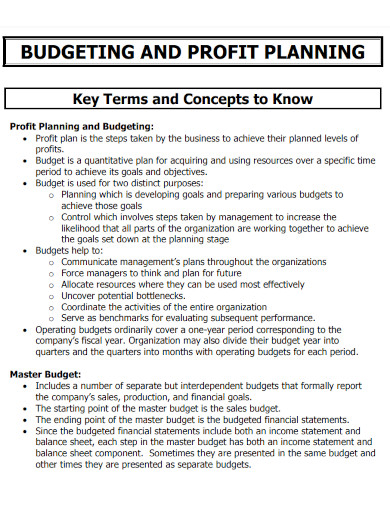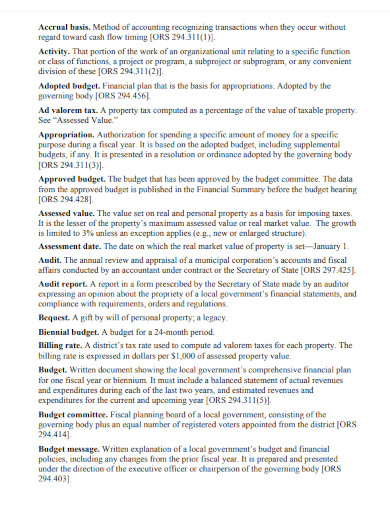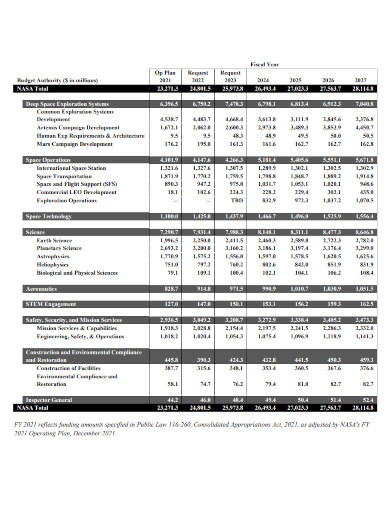When an individual or company is making a project plan, they need to determine the essential materials or resources needed. Direct material refers to the materials tied to a product and is used to support the creation of the product as well as indicate their corresponding costs. Before starting a project, companies will estimate how much is the cost of each direct item they will use and the quantity they will need. This information will also be used as a part of their budget plan and financial management.
3+ Material Budget Samples
1. Material Budget Control
2. Budgeting and Profit Planning
3. Local Material Budget
4. Material Budget Request
What is a Material Budget?
In manufacturing businesses, production materials account for 70% to 80% of the company’s production cost which requires their management to estimate and create a budget plan for the materials they will be needing for future production. This plan can be presented using a monthly or quarterly format for each annual budget. A material budget plan not only helps in estimating the cost of materials over a specific period of time but also enables companies to ensure lower risks in their inventory management or planning, higher lead time, low transaction costs, and enhanced vendor engagement and relationships.
How to Create a Material Budget Plan?
Budget planning is one of the most important tasks in operating a business. It enables business owners to monitor their cash flow and expenditures while also tracking their account income and revenue. This budget can refer to a master budget, financial budget, cash flow budget, and direct material purchase budget. A material budget helps companies and businesses to determine and estimate how much material they will need to purchase to meet their production budget.
Step 1: Determine your Net Income
Your company’s net income is the foundation of an effective budget management and planning system. This is your total take-home pay after deducting taxes and employer-provided benefits from your total wages or salary. Benefits include retirement plans and health insurance. As a freelancer, self-employed, or contractor, make sure to use note sheets to keep your contract agreements and payment terms organized and manageable.
Step 2: Keep Track of your Spending
To determine the flow of your money, you can track and organize your expenses. List down your fixed expenses and variable expenses. This will also allow you to determine which of these expenses you can cut back.
Step 3: Set Realistic and Actionable Goals
Another part of budget planning is determining short and long-term business goals. Short-term goals can take one to three years to accomplish and includes the preparation of emergency funds, while long-term goals refer to goals that might take decades to achieve. Goals are not definite it will give you motivation to strictly follow your budget plan.
Step 4: Create your Budget Plan
To get an idea of what you will be spending in the upcoming months, use your list of variable and fixed expenses as your reference. Compare the items to your net income and priorities. Make sure to adjust your spending to follow your budget.
FAQs
What is the information you need to calculate your budget for direct materials?
To calculate your direct material budget, you need information about your production level which can be found in your production budget, initial direct materials inventory, ending direct materials inventory, materials used in the production process, and the cost of each material.
What is a production level?
A production level is the total production target which acts as the base for a direct material budget in which all purchases are in sync with the production volume.
What are the benefits of creating a material budget plan?
With a material budget plan, you can monitor and keep track of your inventory, make sure that there is no excess in the inventory cost, manage your cash flow, and enables you to determine flows in your monthly or quarterly budget plans.
A material budget is a budget plan that presents how much direct raw materials are needed based on the company’s production target level for a certain time period. This plan can be used for monthly, quarterly, and yearly planning and calculates the units of raw materials according to the production target and closing inventory for a particular year. direct materials are an essential factor that can affect a company’s supply chain, customer sales, and work performance of an organization.
Related Posts
FREE 10+ Catholic Church Budget Samples in MS Word Google ...
FREE 18+ Construction Budget Samples in Google Docs Google ...
FREE 10+ University Library Budget Samples in MS Word MS ...
FREE 9+ Primary School Budget Samples in MS Word Google ...
FREE 10+ Grant Budget Proposal Samples [Research, Nonprofit ...
FREE 8+ Sample Submittal Transmittal Forms in PDF MS Word
FREE 6+ Office Renovation Budget Samples in MS Word Google ...
FREE 10+ Project Budget Proposal Samples in PDF MS Word ...
FREE 10+ Company Annual Budget Samples in MS Word MS ...
FREE 7+ Cost Estimate Templates in PDF Excel | MS Word
FREE 8+ Sample Material Lists in MS Word PDF
FREE How to Obtain Permission to Use Copyrighted Material ...
FREE 10+ Manufacturing Overhead Budget Samples in MS Word ...
FREE 10+ Manufacturing Budget Samples in MS Word Pages ...
FREE 16+ Construction Budget Samples in Google Docs Google ...




